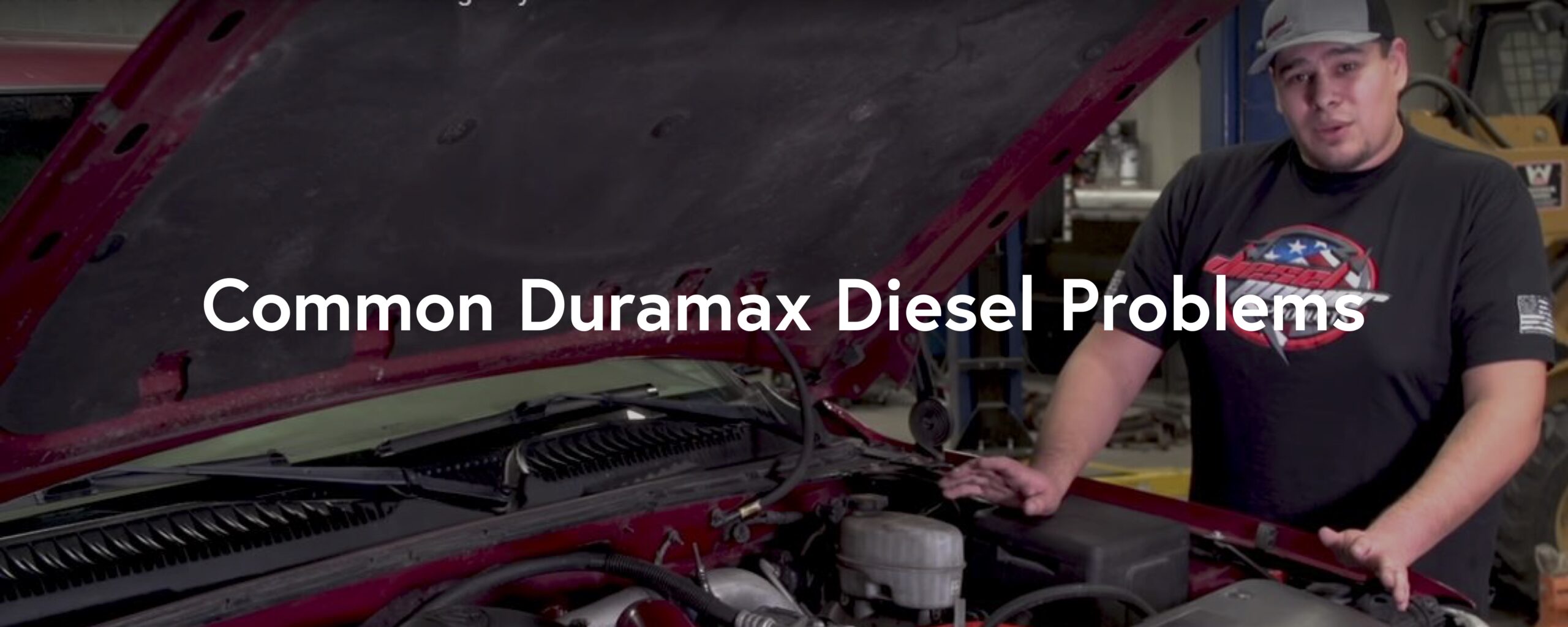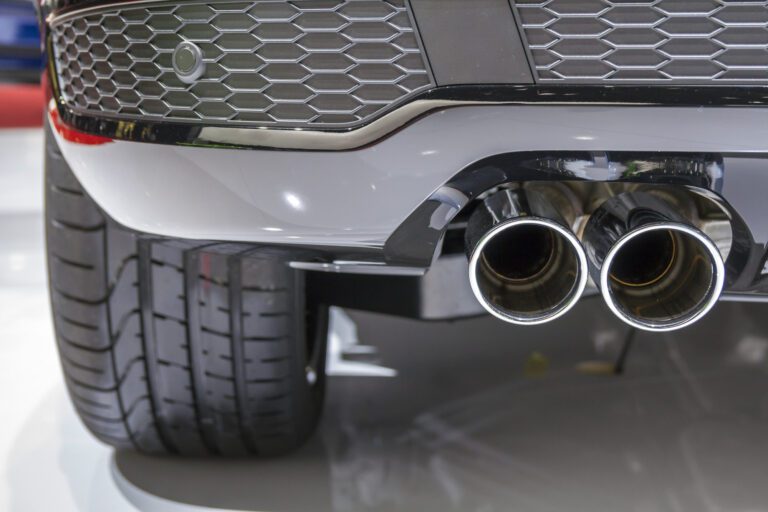6 Best Solutions for Power Steering Repair Issues
The 6 best solutions for power steering repair issues are: checking for fluid leaks, inspecting the power steering pump, examining the steering rack and pinion, flushing and replacing the power steering fluid, repairing or replacing damaged hoses, and addressing any electrical issues. Is your power steering system giving you trouble?
Steering problems can be a major inconvenience and potentially dangerous on the road. Thankfully, there are several effective solutions available for power steering repair issues. By addressing common issues such as fluid leaks, pump problems, rack and pinion damage, fluid replacement, hose repair, and electrical concerns, you can restore your power steering system’s functionality and enjoy a smooth driving experience once again.
We will delve into these six best solutions in detail, helping you understand how to identify and fix power steering problems effectively. With these solutions at your disposal, you can regain control of your vehicle and ensure a safe and reliable driving experience. So, let’s explore the best course of action to overcome power steering repair issues.
Common Power Steering Problems
Encountering power steering issues? Look no further. Discover the top 6 solutions for common power steering problems. From fluid leaks to stiff steering, these expert tips will have your vehicle running smoothly in no time.
Leaking Power Steering Fluid
Leaking power steering fluid can lead to a loss of power steering capabilities. Identify leaks promptly.
Noisy Power Steering Pump
A noisy power steering pump indicates potential issues. Check for proper fluid levels and pump condition.
Overheating Power Steering
Overheating power steering can cause damage. Ensure proper cooling and avoid fluid leaks.
Power steering problems are common and can impact your vehicle’s handling. Here are solutions:
- Regularly check power steering fluid levels.
- Address any leaks immediately.
- Listen for unusual noises from the power steering pump.
- Don’t ignore overheating warnings to prevent damage.

Credit: www.ebay.com
Diy Power Steering Repair Tips
Discover practical DIY solutions for common power steering issues. From fluid leaks to noisy steering, learn how to tackle repairs effectively at home. Save money and time with these expert repair tips.
Check Power Steering Fluid Level
If you’re experiencing power steering issues, the first thing you should do is check the power steering fluid level. Inadequate fluid can cause problems like difficulty in turning the steering wheel or increased steering effort. To check the fluid level, follow these simple steps:
- Locate the power steering fluid reservoir, usually a small plastic container near the engine.
- Remove the cap and wipe the dipstick clean with a cloth or paper towel.
- Reinsert the dipstick fully and then remove it again to read the fluid level.
- If the fluid level is below the “Minimum” mark, add more power steering fluid gradually until it reaches the “Maximum” mark.
- Inspect the fluid for any signs of contamination or discoloration, which could indicate a more serious problem and may require professional assistance.
Inspect Power Steering Hoses
Power steering hoses are vital components of the steering system and are susceptible to wear and tear over time. Cracked or leaking hoses can lead to a loss of power steering fluid and cause steering problems. Regularly inspecting the power steering hoses can help prevent potential issues. Here’s what you should do:
- Inspect all visible power steering hoses for signs of damage, such as cracks, bulges, or leaks.
- Pay close attention to the connections between the hoses and the power steering pump and steering rack.
- If you notice any abnormalities, it’s crucial to replace the damaged hoses immediately or seek professional assistance.
Bleed The Power Steering System
Properly bleeding the power steering system is essential to remove any trapped air bubbles, which can cause a loss of power steering assist. Follow these steps to bleed the system:
- Start by turning the engine off and ensuring the power steering fluid reservoir is at the correct level.
- Locate the power steering bleed valve, typically on the steering rack or near the pump.
- With a wrench, loosen the bleed valve slightly to allow air to escape.
- Have an assistant turn the steering wheel back and forth, lock to lock, while you monitor the flow of fluid from the bleed valve.
- Continue this process until all air bubbles are no longer present in the fluid.
- Tighten the bleed valve and ensure it is closed completely to prevent fluid leakage.
By following these DIY power steering repair tips, you can potentially resolve common power steering issues and ensure a smoother driving experience. However, if the problems persist or if you’re uncomfortable performing these repairs on your own, it’s always best to consult with a professional mechanic for assistance. Remember to prioritize safety and proper maintenance for optimum steering performance.
Professional Power Steering Repair Options
When it comes to power steering repair issues, it’s crucial to have the problem resolved by a professional. Ignoring or attempting a DIY repair can lead to further damage and put your safety at risk. Luckily, there are several professional power steering repair options available that can restore your car’s steering functionality.
Power Steering Pump Replacement
If you’re experiencing power steering problems, a faulty power steering pump could be the culprit. The power steering pump is responsible for generating the necessary pressure to assist with steering. Over time, the pump can wear out or develop leaks, leading to a loss of power steering assist.
To remedy this issue, a professional power steering repair technician can replace the faulty pump with a new one. This involves removing the old pump, installing the new pump, and ensuring proper alignment and connection. A high-quality replacement pump will restore the power steering functionality, allowing you to enjoy smooth and effortless steering.
Power Steering Rack And Pinion Repair
The power steering rack and pinion assembly is another critical component of the steering system. It converts the rotational motion of the steering wheel into linear motion, allowing the wheels to turn. However, it can develop issues such as leaks, worn-out bushings, or damaged gears over time.
If you notice uneven tire wear, a loose or sticky steering wheel, or fluid leaks near the front wheels, these could be signs of a faulty power steering rack and pinion. In such cases, a professional repair technician can diagnose the problem and perform the necessary repairs or replacement.
Repairing the power steering rack and pinion often involves disassembling the assembly, inspecting for any damaged components, and replacing them as needed. A skilled professional will ensure that the repair is done correctly, ensuring optimal steering performance and safety on the road.

Credit: www.youtube.com
Preventive Maintenance For Power Steering
Proactive steps can assist in maintaining the health of your power steering system.
Regular Power Steering Fluid Flush
Flushing power steering fluid regularly keeps the system clean and functioning optimally. Be sure to adhere to the manufacturer’s recommended intervals.
Proper Belt Tension Checks
Check for proper belt tension to ensure smooth operation of the power steering system. Any looseness in the belts can lead to inefficiencies and potential failures.
Cost Of Power Steering Repair
The cost of power steering repair can vary based on several factors, but it’s essential to address any issues promptly to avoid more extensive and expensive repairs down the line. Understanding the factors influencing repair costs and the average prices for different power steering problems will help you make informed decisions when it comes to maintaining your vehicle’s power steering system.
Factors Affecting Repair Costs
Several factors can influence the cost of power steering repairs, including the type of issue, the make and model of the vehicle, and the mechanic or dealership performing the repair.
- Type of Issue: The specific problem with the power steering system will greatly impact the repair cost. For instance, a minor leak may be less expensive to fix than a complete power steering pump replacement.
- Vehicle Make and Model: Different vehicle brands and models may have varying parts and labor costs, affecting the overall repair expenses.
- Repair Provider: The rates charged by mechanics, dealerships, or specialized power steering repair shops can differ, influencing the cost of the repair.
Average Repair Costs For Different Issues
The average repair costs for power steering issues can range from minor fixes to more extensive repairs, and having an understanding of these averages can help you anticipate potential expenses.
| Power Steering Issue | Average Repair Cost |
|---|---|
| Power Steering Fluid Leak | $100 – $400 |
| Power Steering Pump Replacement | $400 – $900 |
| Power Steering Hose Replacement | $150 – $500 |
| Steering Rack Replacement | $600 – $1,200 |

Credit: www.dieselpowerproducts.com
Frequently Asked Questions On 6 Best Solutions For Power Steering Repair Issues
How Do You Fix Power Steering Problems?
To fix power steering problems, start by checking the power steering fluid level. If it’s low, add more. If it’s dirty or contaminated, flush the system and refill with new fluid. Inspect the power steering belt for damage and replace if necessary.
Finally, check the power steering pump for leaks or malfunctions and repair or replace as needed.
What Is The Most Common Failure In A Power Steering System?
The most common failure in a power steering system is a leak in the system, which can be caused by damaged hoses or seals.
What’s The Best Power Steering Stop Leak?
The best power steering stop leak is Lucas Oil Power Steering Stop Leak. It is effective at stopping leaks and rejuvenating seals.
How Can I Make My Power Steering Better?
To improve power steering, check fluid levels, fix leaks, and keep the system well-maintained. Use the recommended fluid and consult a professional if problems persist.
Conclusion
In a nutshell, addressing power steering issues promptly is essential. Regular maintenance and timely repairs can prevent costly damages. By utilizing the best solutions mentioned, you can ensure efficient functioning of your power steering system. Remember, taking care of your vehicle’s power steering will enhance safety and driving experience.

